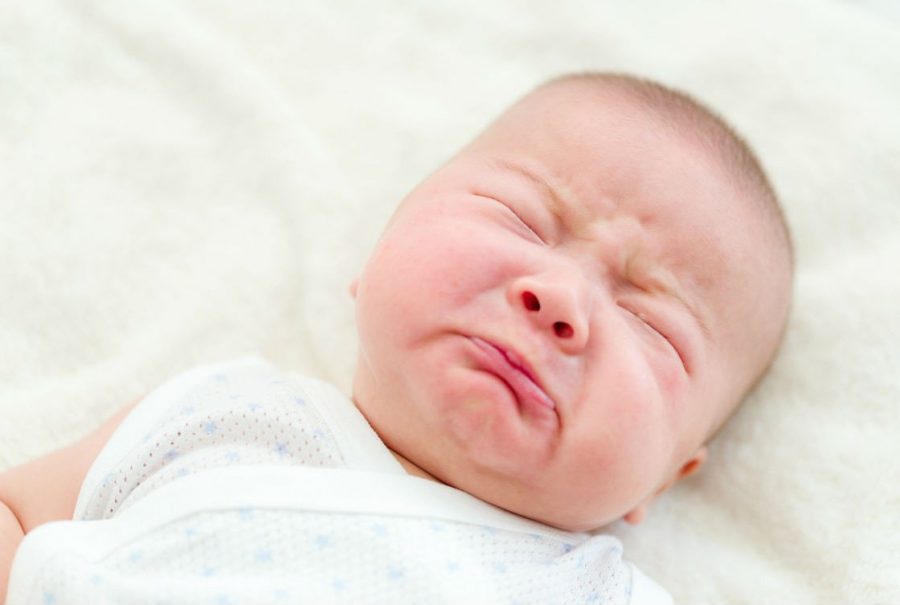Researchers from the University of Warwick devised a chart to compare how much babies cry depending on their country of residence. They based their study on colic, episodes when makes babies cry for a prolonged period, these being a primary concern for parents.
Results show that Canadian, British, and Italian babies had colic more often in their lives. On the other hand, German, Japanese, and Danish children had the lowest colic rates in the study.
According to the study, colic refers to the baby’s prolonged episodes of crying. Usually, it is confirmed by parents through the “Rule of Three’s.” It can be said that a baby has if it cries for more than three hours, more than three days per week, and for over three weeks.
Studying crying babies
Colic usually occurs in the evening and only in rare cases, it can be associated with a more severe condition. So far, physicians are not aware of the exact cause of colic, although the most probable cause are intestinal cramps that occur throughout the digestive process. Colic can also be associated with fever or swelling of the abdomen.
Usually, colic is treated by changing the baby formula, ensuring that the child is not being affected by allergies, and even massaging its belly. 4 out of every 10 babies suffer from colic, occurring as early as six weeks old.

Seeing that it is such a common ailment, researchers went and conducted a meta-study to analyze colic duration, how babies were fed, and how old they were when they began the crying episodes.
To analyze colic among baby populations, researchers made use of 24-hour behavior diaries available in Medline, PsycINFO, and Embase. They also contacted experts at the International Cry Research Workshops to query unreleased information.
The initial data set was of 4109 articles. The average for cry duration was 117 to 133 minutes in the first six weeks, and then just 68 minutes when the baby was 10 to 12 weeks old. After analyzing the data based on each baby’s country, they determined that Germany, Japan, and Denmark children had less colic than the rest.
They also found out that babies that were bottle-fed or mixed-fed had lower cry durations than the average at six weeks of age. On the other hand, babies who were breastfed had higher durations at 3 to 4 weeks of age, reporting an overall increase in colic rate.
The study did not provide any statistical evidence for a universal factor concerning colic, only that its prices seem to drop during the baby’s 6 to 12 weeks of age.
Still, the reasons why babies suffer from colic are unclear
Researchers argued that they could only speculate on the reason why babies from particular countries cry less or more compared to others. Switching how the baby is fed has been proven to reduce crying regardless of the formula provided, which can be seen as a possible placebo effect. They also suggest that cultural differences may have influenced how the diaries were kept.

“We may learn more from looking at cultures where there is less crying and whether this may be due to parenting or other factors relating to pregnancy experiences or genetics. The new chart of normal cry amounts in babies across industrialised countries will help health professionals to reassure parents whether a baby is crying within the normal expected range in the first three months or shows excessive crying which may require further evaluation and extra support for the parents,” stated Dieter Wolke, Ph.D., lead author of the study.
Some argue that the baby may not be accustomed to living outside the womb, and crying for prolonged periods of time may be a response to that. Others say that there may be psychological and social factors, but studies have failed to find a link between maternal or paternal anxiety, depression, fatigue, or other similar conditions. It is thought that cigarette smoke increases colic frequency, and other studies claim that there is no association between whether the baby is breastfed or bottle-fed.
According to a study published in 2010, Hydrolyzed protein formula has been shown to be effective in treating infantile colic. This is also true for partially hydrolyzed milk when cow’s milk allergy is known to be safe for the baby.
“Certain behavioural interventions, such as reassurance, making changes to the parents’ responsiveness to the infant, using motion/sound to calm the infant and reducing stimuli to the infant have also been shown to be effective treatments for infantile colic,” wrote researchers on said study.
Source: Journal of Pediatrics
